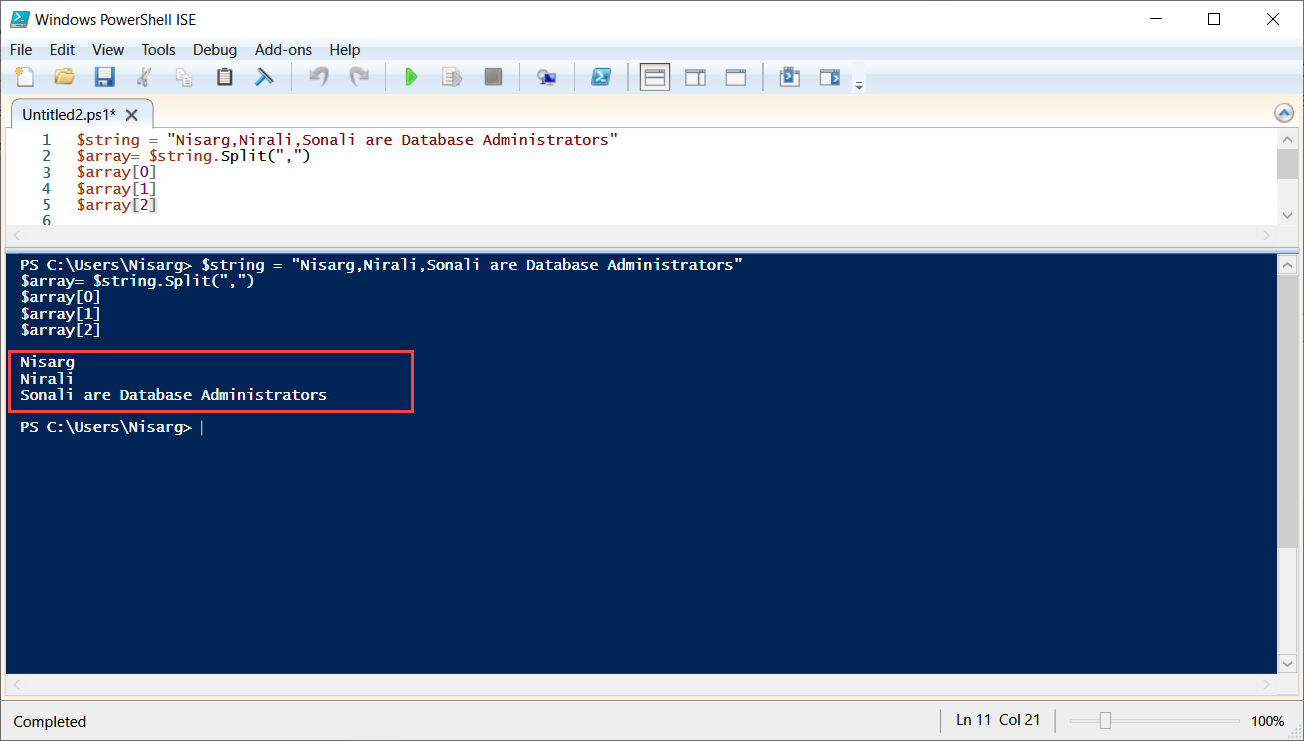

When converting a string into a DateTime object, the way the value displays depends on the current culture settings. The code that appears here converts a string into a DateTime object: This is called casting, and to do this, I place the DateTime inside square brackets. It is easy to convert a string into an instance of the DateTime structure. To work automatically with dates, it is necessary to interact with the CultureInfo settings and the DateTime structure from the. Whoops! It seems I have spoiled the surprise. To me, the Get-Culture cmdlet will always be associated with Viennese classical music and long walks in the park that was near to our hotel. Here is a photo I took of the Mozart statue during one of my last trips over. It seems the city’s motto is “Where business meets culture.” I have taught several Windows PowerShell, VBScript, and WMI classes in Vienna over the years, and it is one of my favorite cities. Whenever I think about culture, I remember Vienna, Austria. The technique that allows for automatic conversion of date types is called culture settings. Is there an easier way to work with dates and times in Windows PowerShell than manually creating string values in specific orders? But the problem is that is a bit complicated, and is even potentially error prone. Hey, Scripting Guy! I enjoyed your article yesterday about manually changing the way a date is displayed using string techniques.

#POWERSHELL CONVERT STRING TO DATE HOW TO#
Summary: Learn how to use culture information in Windows PowerShell to format dates.


 0 kommentar(er)
0 kommentar(er)
